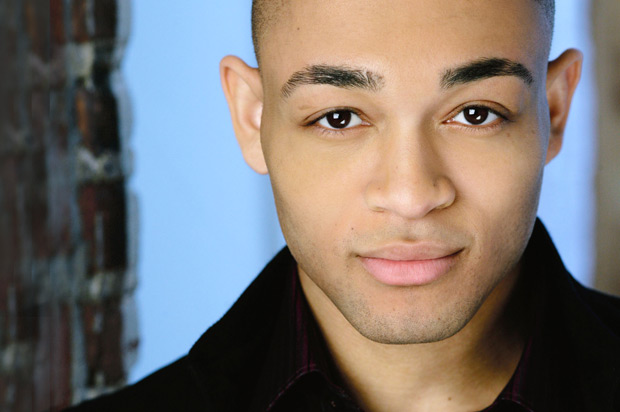
© and courtesy Jeremy McQueen (Click image for larger version)
Jeremy McQueen’s dance company, Black Iris Project, have their debut season at New York Live Arts this week – 27 & 28 July. Shanti Crawford spoke with the emerging choreographer about his new company, what drives them and the NY Live Arts bill.
www.jeremymcqueen.com
www.blackirisproject.org
newyorklivearts.org
What inspired you to study dance?
Phantom of the Opera. My mom took me to see the Phantom of the Opera when it came to San Diego. I was about eight years old. We sat on the last row of the balcony in the nosebleed seats. I loved everything about the experience from the costumes to the music, the scenery; everything about it spoke to me – the entire experience. And I didn’t know at the time that I could make a living actually doing something in the performing arts. But I told my mom, “I want to be a part of this.”
What dance forms did you study?
Jazz and tap were my favorite when I was growing up. I really did not like ballet. I hated the idea of putting on a dance belt and wearing tights. But my teachers ingrained in me the importance of having a strong ballet foundation to maximize my opportunities in order to make a living doing what you love. So as soon as they told me that I said, “okay I’ll figure this out so that I can really have a shot at making it in New York”, which was my big goal.
The thing that really helped me pivot [toward ballet was]… I can recall that Desmond Richardson had done Othello with San Francisco Ballet and I saw it on TV, on PBS. I think it was a PBS Great Performances series. I was so impressed by his amazingly beautiful physique, his facility and all the things that he was able to do artistically. It really changed my mind about ballet. I was like, “Oh wow this is ballet, but it’s someone who looks like me who’s doing it.”

© Black Iris Project. (Click image for larger version)
What did you find inspiring about Georgia O’Keefe’s painting, Black Iris? You created a dance called Black Iris and your dance collaborative takes its name from this too.
It’s a two-fold answer to this question.
When I first saw the painting my mother had also just told me that she had been diagnosed with breast cancer, maybe a week before. I felt really helpless because I couldn’t be there for her; I was in New York trying to keep my dream alive of being a performer, so it was really challenging. So you know what I decided? I decided that I needed to allow art to heal me and heal this experience. So I started really looking at the painting and I found connections between the painting and how I feel about my mother.
It looks like a yin-yang where the top half is very light and floral, light pink and grey and the bottom half is very dark very plum, black, very rooted. It reminded me of her warmth and strength and it’s just remarkable the things she’s been able to overcome and plow through. I wanted to create a ballet as an ode to her.
The Joffrey Ballet choreography award that I received enabled me to create the Black Iris ballet. When this ballet was done, I didn’t want this collaborative experience to end. I wanted to continue creating more works that were: A.) Rooted in black history or the black experience and B.) classical ballets that change the narrative of how we look at ballet. So I created the Black Iris Project.
Tell me about the pieces that you will perform in your NYC debut at New York Live Arts.
So the Black Iris ballet premiered in 2013 at the Joffrey Ballet Academy in Chicago and that will be on the program. It features 13 dancers. It’s to this gorgeous music from Felix Mendelssohn. This will open the program.
The second piece on the program is Brown Baby. It’s a piece that I choreographed with Lauren Cox, my co–choreographer. It’s the story of her mother, Beatrice Reynolds Cox. She was a pioneering black model. She’s actually bi-racial, was born in Munich (Germany) and grew up in Flint, MI.
MADIBA – A new ballet by Jeremy McQueen from Jeremy McQueen on Vimeo.
The third piece on the program, Madiba, tells the story of Nelson Mandela’s life. I feel like Nelson Mandela’s life isn’t well known here in the United States. I learned more about him after his passing than when I was a child in school. I see this ballet as an educational tool; it at least allows people to have a starting point, a knowledge base about his life and then they can go on to learn more about him and engage in discussion. There’s a lot of connection with the Black Lives Matter movement and police brutality.
Has the Black Lives Matter movement impacted the work?
Oh my gosh, it has.
The arts have provided me with a lot of discipline, focus and clarity in my life and have also helped me get through challenging times. For me this project is so relevant right now – we are not necessarily just pushing a ballet agenda, we are pushing the agenda that art heals.
So the recent events have energized me even more to keep pushing for this project because our communities really need it; we need the inspiration. It gets to a point where I tell my boyfriend, “I can’t watch this before I go to bed because I’m not going to be able to sleep.” To add to this, my father passed away unexpectedly last week. One thing I know for sure is that whenever I am in the studio I am able to channel all of how I feel creatively.
How did you assemble the dancers?
I grew up dancing at a number of different ballet schools. I studied at San Francisco Ballet for a summer. I studied with Alonzo King and then at ABT. I trained at the Ailey school summer intensive. I remembered and grew up with many of my dancers. Everyone is so talented. There’s fewer black ballet dancers than you think there would be in ballet companies.

© Black Iris Project. (Click image for larger version)
Tell me about your collaborations with your creative team.
One of the big things for me when I was doing research for Madiba was that I thought it would be really cool if we brought together a team of black creatives in every medium to create these stories. Now for me Black stories don’t always have to be told by Black people but I think there is something really unique and creative about us getting to tell our stories our way.
We have brought together emerging Black composers, lighting designers, set designers and costume designers. We have created this nexus of support within our own community. Talking about what we’ve been through helps us to keep going forward.
So one of the things for me is, “be the change you wish to see in the world”. It’s like I’ve always wanted someone to give me opportunities for growth within my career and it’s like if someone is not going to give them to me then I’m going to create my own. I have to find a way to do it for myself and bring people with me in a way that allows them to promote growth within their lives.






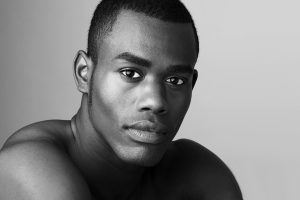


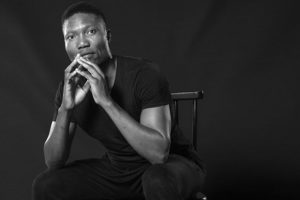
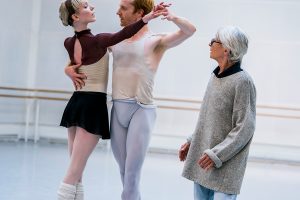



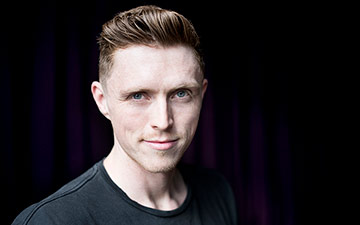

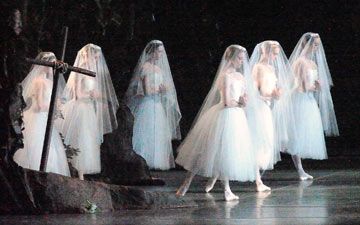
You must be logged in to post a comment.